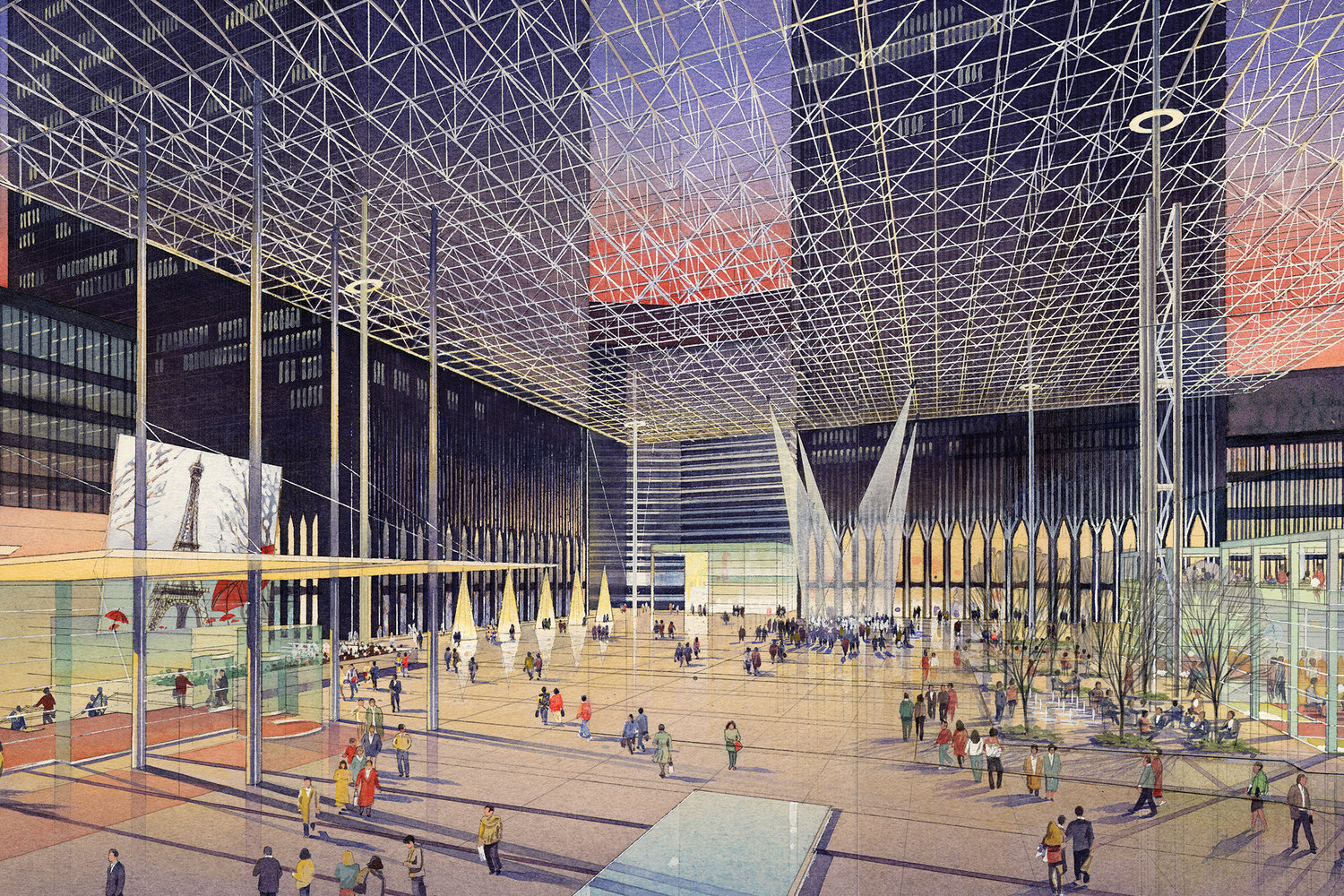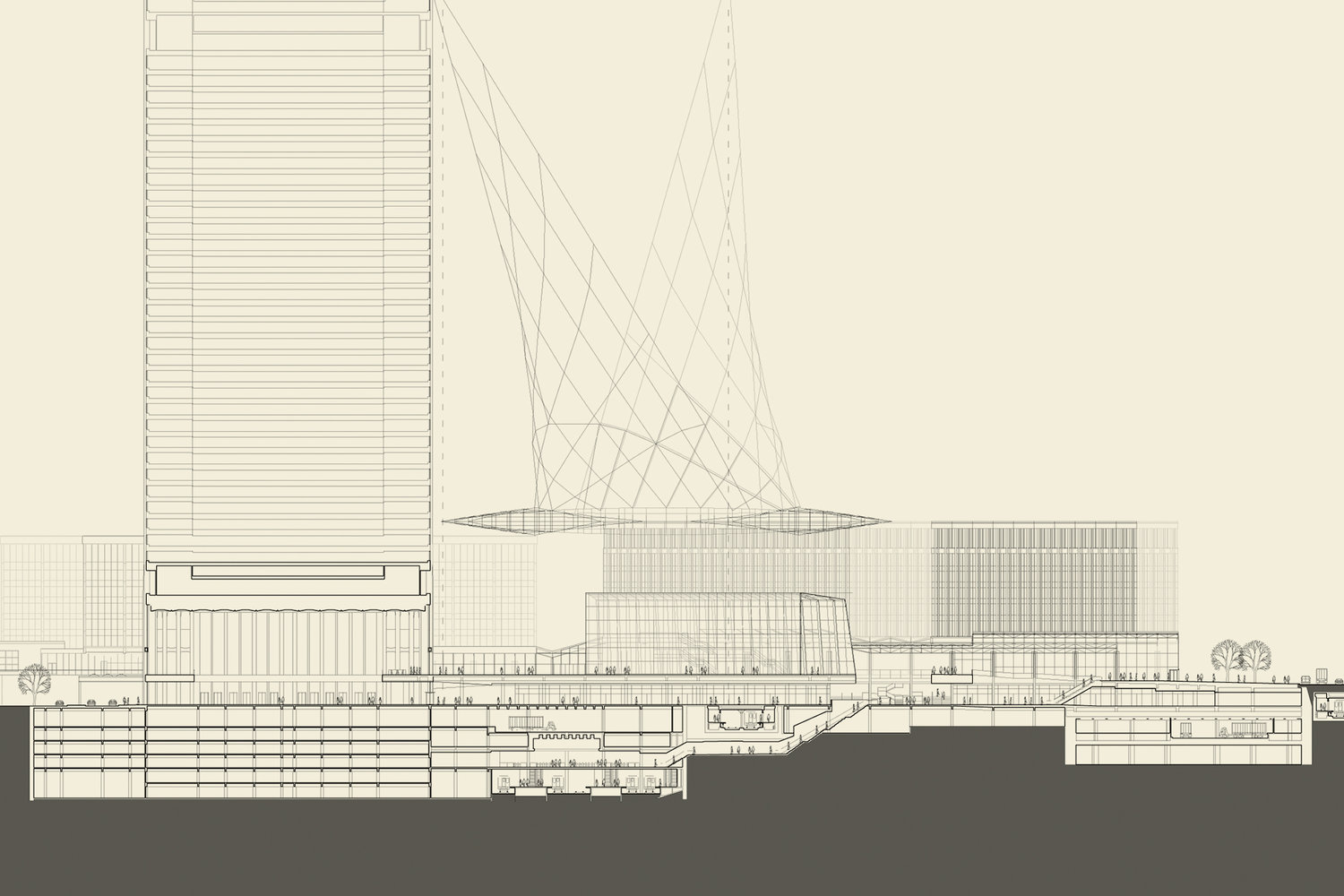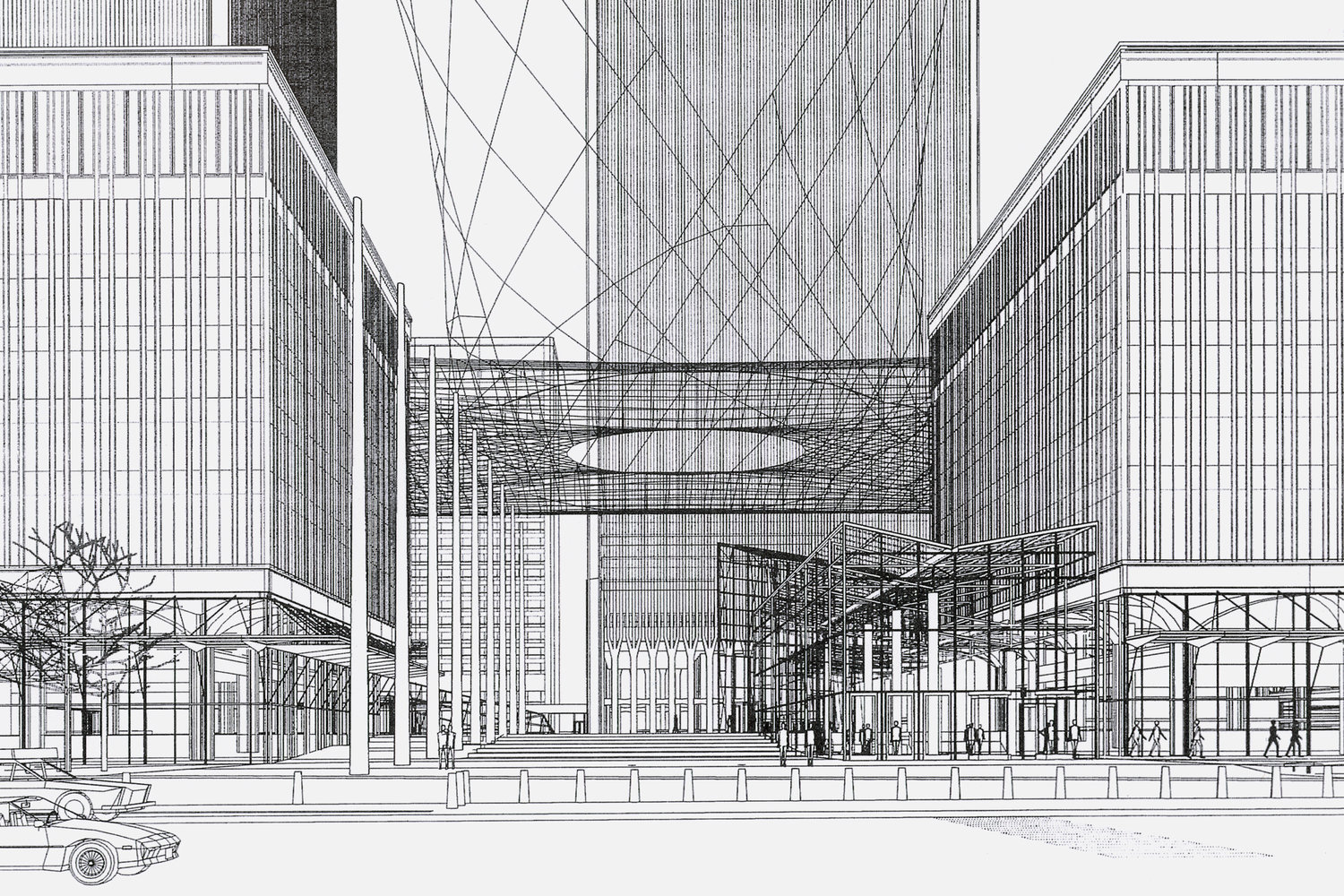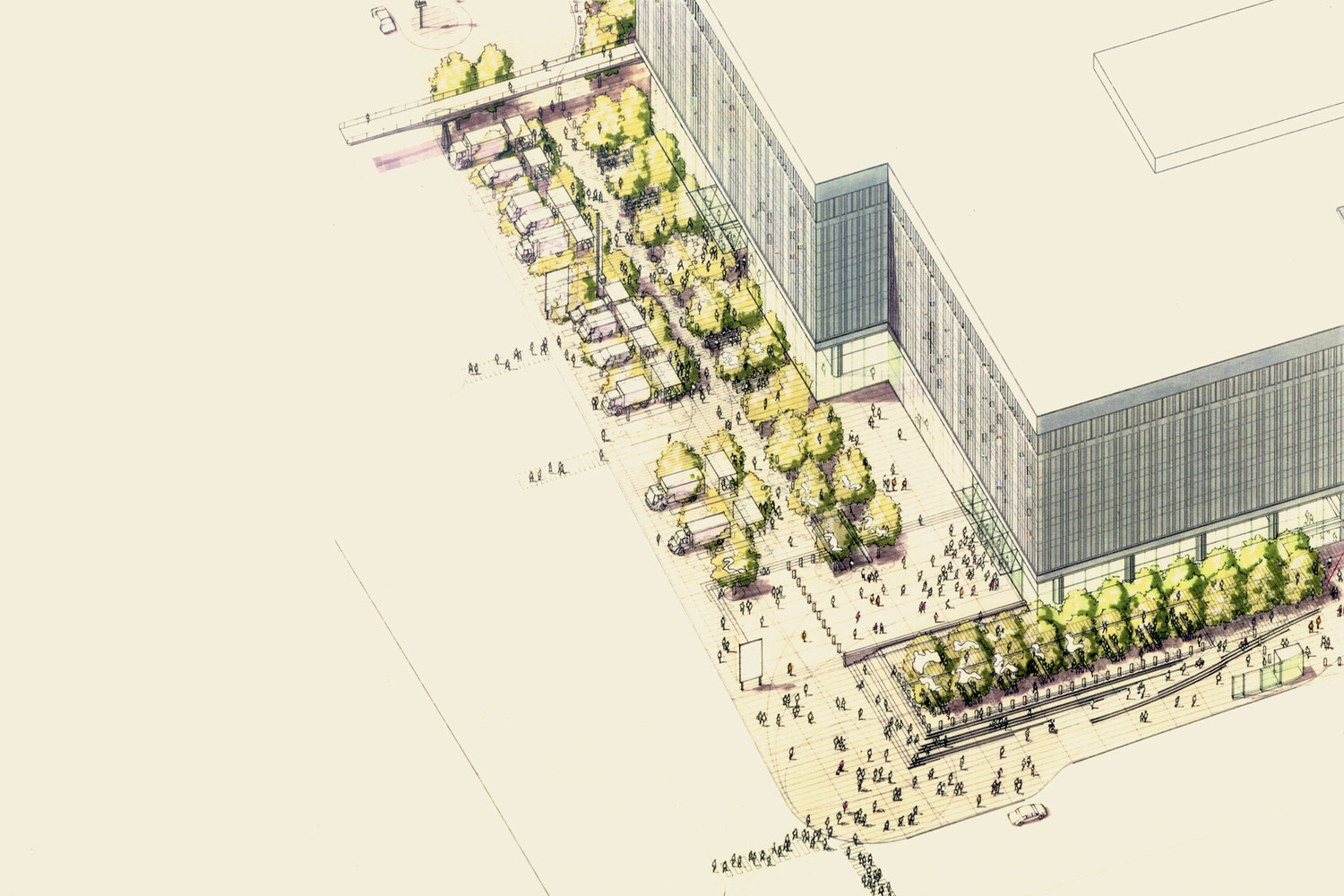Part LXX
Black Flags
In 2007 battles commenced to determine the landscape of three regions, each fought by a cadre of uncertain and unsteady alliances in Afghanistan, Iraq, and Israel led by men who wished to bend the world to their indomitable wills.
Afghanistan
Peacetime tends to be more complicated than wartime, it is easier to know one’s enemies aiming down a rifle, and simpler still when stretched out between miles of mountains and artillery fire, but now, officially Afghanistan was a nation at peace.
Following the ceasefire between the Northern Alliance and the Taleban, the withdrawal from Kabul, and the peace agreement of over a year ago, Afghanistan had entered a new paradigm
“The rule of law, not rule by the gun” was the phrase repeated oft by the new Prime Minister of the country, Ahmad Massoud as he spoke at the graduation of a new police force for the capital, the country had already undergone a dramatic change from the years of war and fundamentalist rule, foreign aid long withheld eased the brutal winters, strict Taleban law was lifted across most of the country including the key western fixpoint ending the ban on educating women.
View attachment 881176
(Left to right) New Afghan police, Massoud meets Tony Blair, Kabul's first female University Student
But in many parts of the country, Taleban rule was simply exchanged for warlord rule, and national elections for the new parliament were permanently delayed until the new constitution was agreed to, which considering the many competing factions in the country, was proving especially tricky to finalize, cementing the influence of those who continued to rule by the gun, men like Rashid Dostum who ran his subordinates with indifference to the new government, kept control over his militia and became famous for his frequent defiance of the government, opulent wealth and brutality, and opium production a potent that was crushed under the Taleban’s boot, despite a Presidential edict once again thrived.
These divided factions were strung together by Massoud who was internationally recognized as the 'Lion of Panjshir' and the hero of Afghanistan and wore a halo of prestige wherever he stepped, and the interim President and former king Zahir who was nationally revered with great respect. With the two men’s coalition able to so far quell most major threats but now the king's advanced age and bouts of illness meant his presence could not be felt often.
While efforts to build an Islamic democracy moved slowly in the north in the south of Afghanistan, certain tables had never been turned. The Taleban had kept their authority in a sweep of the Pashtun majority countryside and though considerably weakened and fractured by their defeat, into a partially exiled hardline faction who intended to continue the war, and moderates who hoped to keep power where they had it, they held onto control through the major cities and their base of operations in Kandahar city.
Intending to confront the remnant Taleban, a Southern Alliance had formed seeking to completely overthrow them. It had so far seen mixed successes, emboldened by the Taleban’s military defeat and the peace treaty, local tribes had begun expelling the group's soldiers, clerics, and councilors to little retaliation, reducing them more and more to their strongholds, kept on life support by weapons and volunteers from neighboring Pakistan.
Southern Alliance warlords principally the Pashtun intellectual Hamid Karzai publicized their victories where he asserted that
“all Taleban rule would soon be extinguished” and rallied his forces to lay siege to the headquarters of his enemy Kandahar City, believing its capture would complete his victory and would bolster his profile as the Pashtun Massoud.
With trucks, bikes and even an air force comprised of helicopters and small planes converted to drop bombs, in the summer of 2006 his forces commenced an armed assault on Taleban outposts and strongholds in the Kandahar and Uruzgan provinces.
The Southern Alliance was a battle-tested, well-armed, and committed force, backed by western arms, and they faced a disorganized mess of sapped regiments. Karzai won major victories, where he, with his face uncovered would appear on the frontlines to accept the surrender of his enemies and shake hands with tribes who repudiated the Taleban, but as the summer months ended despite his technological advantage, Taleban radicals led by commanders Jundullah and Haqqani led their remnant forces to reinforce Kandahar city and block his advance in the region.
Karzai captured the regional Uruzgan capital of Tarinkot opening the road to Kandahar, while the veteran black-clad forces stalled him blowing bridges and planting roadside bombs, while the makeshift Southern air force dropped munitions on the capital of the movement, after a harsh season of fighting, Karzai’s forces camped for the winter. While he was there on a tour of the region, to build more local and armed support he was assassinated by a suicide bomber linked to the Al-Qaeda group on December 10th, 2005.
There were a dozen other similar incidents and attacks across Taleban-controlled territory through the winter period, a sign that the militant quarter that resided in the mountainous border region had fully had full committed to the fight, and the first ‘night notices’, letters sent to tribal leaders, effectively open threats were sent by the Shura council including the signatures of the Supreme Leader Omar and his leading deputies Mansour and Baradar signaling their joint desire to bring wavering tribes back into the Taleban fold.
View attachment 881178
(Top) Mohammed Karzai deceased Southern Alliance Warlord
( Left to right) Maps of Afghan territory and provincial control
Massoud/Zahir Government, Taleban, Dostum, and Southern Alliance
Israel – Palestine
Following his victory at the polls in 2006, Israeli Prime Minister Ehud Olmert entered office with a strong party and a governing majority, but in Israeli politics, the earth could quickly turn to sand, especially when he was faced with negotiating the very fabric of the nation. Successive peace negotiations had failed, despite the intervention of too many Presidents and Prime Ministers to count, and the formation of numerous international accords and committees each of which had failed to progress peace forward with only greater woe and disdain to show for each successive agreement broken or confidence building efforts lost.
Instead, the Israeli people had decided that only they could determine the future, and voted for a government with a plan to unilaterally withdraw from much of the occupied Palestinian West Bank, just as they had in Gaza and Lebanon in the years previous.
“We will separate from most of the Palestinian population that lives in Judea and Samaria, that will obligate us to separate ourselves from these territories, to keep Israel unified”. Said the Prime Minister in a television interview following his electoral victory. Once a fringe idea, a withdrawal plan had moved to the center of Israeli policy following the breakdown of the Camp David Summit in 2000 and the slow death of the Road Map to Peace
“We will have a permanent border, we will keep Jerusalem and main settlement blocs, but the state of Israel will find security and peace.”.
Opposed to the move stood pretty much everyone else outside of Olmert’s governing bloc. His former party allies who had split from Likud, hardcore Zionists, senior Rabbis, most newspapers, and political commentators, each opposed it on the grounds that it was a defeat for the country and would only backfire. While much of the world and left-wing Israelis, Palestinians (now themselves divided between governing Fatah and extremists Hamas), its Arab-Muslim neighbors, and most international bodies, on the grounds that such a decision would hinder the prospects of future
permanent peace. Even the United States could not fully embrace the move favouring further rounds of negotiations prior to a unilateral decision being made.
Olmert had to pay a visit to the White House in order to convince Washington power brokers of the veracity of his plan. To him it was the only real chance at peace on the table, rather than dealing with Arafat
“We have searched for a partner in peace,” He said in a congressional address
“and unfortunately found none, Arafat has refused to denounce terrorism or accept any compromise!” Moves that charmed the U.S. Congress which voted to overwhelmingly endorse the proposal in a non-binding vote and pushed the President to express support for a
“Bold initiative, Israel has not just the right but the obligation to defend itself”.
The region was rupturing, following his U.S. overtures, the 2006 Summit Bombing transpired in Egypt decapitating Israel's closest regional partners, the King of Jordan and President Mubarak of Egypt, both killed by terrorists in part due to their perceived close relations with Israel, there were growing fears of another nuclear state in the region, and in July in neighboring Lebanon, more clashes between nationalist anti-Syrian protesters and pro-Syrian Hezbollah supporters transpired, with fears of the shadow of civil war on the horizon there, and who knew what chaos was unfolding in Iraq, the time to act had come to act, to protect Israel's future.
On July 21’st the Prime Minister unveiled his national ‘Realignment Plan’ to pull out soldiers and settlements from 90% of the West Bank and permanently annex the rest, expelling around 60,000 legal settlers and demolishing 40 settlements, finishing a permanent border alongside a possible future Palestinian state, and expelling illegal settlements and outposts, around 100 of them.
Jerusalem would be wholly under Israeli sovereignty as well as the Jordan River border zone, which included placing 250,000 Israeli settlers behind the border wall, additionally to give Palestinian territorial 'continuity' a system of tunnels and bi-level highways would be built to connect parts of the west-bank including the construction of a major tunnel between the West Bank and the Gaza strip.
The Hebrew name for the plan was ‘hitkansut’ ingathering, to emphasize that the plan was necessary for Israel to control its demographic problem, a fear expressed by Olmert with pro-Israeli lawmakers in Washington, that if Israel didn’t withdraw it would soon be forced to incorporate the territory and provide voting rights to the occupied which would
“if such a day came, mean the end of Israel”.
The plan’s unveiling, created a firestorm, and public opinion was divided with most (55% according to polling) opposed, and Palestinian leader Yasser Arafat through a spokesman (as all communication with the bedridden revolutionary was) expressed complete opposition
“Where is the dialogue, there has been no negotiation how could any Arab accept this”, and Mahmoud Abbas a chief deputy pushed for Arab nations and the international community to reject any non-agreed to border changes
"The borders can only be determined according to international legitimacy, not unilateral declarations” he told Agence France-Presse. Others were adamant that this would in no way be the end of the occupation, as Israel would continue to control the West Bank's water, borders, and airspace.
Opposition parties commenced a national campaign of complete obstruction, party leaders like Netanyahu and Lieberman, held national rallies where copies of the plan were torn apart or burnt. Lieberman called the plan a
“catastrophe” warning that a pullback would only embolden terrorist attacks on Israel while burdening the country to provide amenities to Palestinians, and Netanyahu agreed, pointing to the mortar and rocket attacks from Gaza and Lebanon, which would certainly expand into the formerly occupied West Bank where they would be able to reach Tel-Aviv and Jerusalem.
The plan was voted through parliament following the cajoling of left-wing Labor members who pushed for a further round of negotiations before unilateral action would be taken, following the pleas of world leaders like Tony Blair who described the move as a destabilizing one, imagining if the UK had unilaterally withdrawn from parts of Northern Ireland
“It is tantamount to abandoning the peace process, I fear there will be enormous and deadly repercussions” however Labor Defence Minister and party leader Amir Peretz argued that ending the occupation would allow the economy to be more subordinate to civilian rather than military demands hopefully on both sides of the new border
. “Withdrawals have proven more successful than talking, only by laying out our boundaries can we negotiate properly”.
View attachment 881180
(Left to right) Israeli Prominent Party leaders, PM Olmert meeting John Edwards, Netanyahu, Lieberman and Peretz
Step by step, the plan was okayed, compensation for settlers, road blockades lifted, and timetables established, while opposition members booed the opening of the Knesset and filibustered proceedings. In October the IDF issued orders to begin expelling and demolishing illegal outposts as settlers pelted soldiers and police with stones and rocks and tossed burning tires onto squad cars. Included in the clashes, were right-wing MPs like Arieah Eldad of the extreme National Union who told Israel Radio that that the police and soldiers were being cruel
"treating people here like Arabs" [1].
A hundred-armed settlers vowed never to leave their outpost in isolated Nokdim, initiating a standoff with Israeli central command showing themselves to the cameras with old women and babies
“This is a betrayal of the state of Israel, we won’t allow it, Olmert and Peretz sew our destruction, we will not go like lambs to the slaughter”. And briefly, a movement of Israeli soldiers took off, refusing orders or going AWOL, some even burned uniforms in disgust, but for the most part, discipline was maintained.
In a final Knesset climax following the failure to delay the process in the courts, opposition MPs tried to physically delay the vote to confirm the withdrawal timetable, blocking entrances and crowding the building with speakers, rabbis, and soldiers widows, to cheer and jeer
“90,000 people moved and lived under fire, and now they wake up and are expelled, by their own government, again the Jewish people are exiled!” railed Rabbi Lerner, before security coralled the members some in handcuffs out of the building and the final votes were cast completing the plan
“You should all hang your heads in shame!”.
Starting January 2007, week after week, scenes of teary-eyed, ashen-faced settlers being escorted from their homes filled broadcasts, more bitter clashes were witnessed, buildings and synagogues razed to prevent them from being looted and the Nokdim standoff held for before they too eventually surrendered due to dwindling supplies. Finally, Israeli Central Command ceremonially lowered its flag indicating the legal end of the west-bank ‘occupation’ after just under 50 years.
On February 9th following a second major stroke, Palestinian leader Yasser Arafat passed away, and months of official mourning began in Palestine. At the same time, in Jericho, an enclave of Palestinian control that had been encircled by Israeli roadblocks, IDF forces withdrew eastward, the next day, young men, with Palestinian, Fatah, and Hamas flags danced where the soldiers once stood guard, and the walls came tumbling down.
View attachment 881197
(Top left to right ) Mourning of Palestinian Leader Yasser Arafat
(2nd row) Israeli flag lowered by soldiers, Palestinian flag raised by children
(3rd row) Israeli settler arrested by Israeli police, Palestinian militant group Hamas celebrate
Map of Israel following it's post-2005 'realignment'
Iraq
Iraq was in a period of unprecedented instability. For nearly two years Saddam Hussein's terror state had been punctured by growing calls of dissent, and not just from his long list of enemies abroad, but his own citizens who were supposed to be under his iron heel. Thanks to decades of political persecution, including the arrest and exile of key religious figures and state-led massacres, a figure had risen in opposition. Muqtada al-Sadr, a Shia Muslim cleric had entered the country from Iran over a year ago and wasted no time in stirring up revolt.
Organizing opposition newspapers, broadcasts, and building a militia army, engaging in deliberate guerilla attacks against Saddam’s forces, building munitions to bomb airfields, trucks, police stations, and military encampments, burning and looting as they went. In southern Iraq a region overshadowed by a strongly enforced American no-fly zone, it had become hard for the Ba-athist regime to deny Sadr’s growing strength, as murals of Hussein pinned inside mosques by law, were torn down by night and replaced with those of Shia holy figures or even Sadr himself. And then with less than a thousand members of his
Mahdi Army, the rebels captured the city of Karbala seizing its grand mosque one of the holiest sites in all of Shia Islam, alongside the city government and Baathist commanders. At once, the guns were handed out to any able-bodied male willing to stand with Sadr who proclaimed the beginning of a national revolution to defend this freed city from Saddam who was expected to show his true nature and unleash hell on the city as almost every international observer and newsman grimly depicted.
Only then ... nothing; a city that stood only a few hours’ drive from the capital of Iraq. Standing in open revolt was unmolested, Iraqi soldiers arrived but kept a far distance from the city center, cameras and journalists monitoring the streets saw only a few exchanges of gunfire but nothing sustained. The expected hail of artillery and missile fire never came. Eventually, an uneasy normalcy set in, the Iraqi army couldn’t even enforce the closure of major roads in and out of the city, allowing thousands to travel in and out, though it would be hazardous for an Iraqi civilian to be seen supportive or assisting the rebellion.
View attachment 881182
(left to right) Iraq Shia Cleric Sadr, vandalized mural of Iraqi President Saddam Hussein
To make matters stranger, Saddam had become a reclusive figure in Iraq, his public engagements had become extremely minimal restricted to pre-recorded announcements or the occasional medal ceremony or touring of the guard and more and more allegations flourished abroad of the tyrant's failing health (with no concrete evidence to back them up). But while Saddam faded from his previous omnipresence, Sadr was loud, making daily evocations, inaugurating a newly elected city government, opening the mosque and other facilities for unrestricted worship, and torching portraits of Saddam removing his handwriting from the Iraqi flag, their was scarcely a day when Sadr wouldn't walk the streets, flocked by supporters or hold open court in the city. Inviting frequent media interviews seeking to attract international support for what he promised was a coming Iraqi revolution, American news journalists fawned over the man, depicting him as the future of Iraq and wondered if Saddam was afraid of attacking him for it might provoke a general uprising, or international intervention, especially as the invasion of Darfur began.
While peace was somehow maintained in Karbala outside it, a dark veil fell. To stamp out further destabilization, the Iraqi army and police forces spread out to stamp out any act of resistance, worship sites were by and large shutdown, young males regularly stripped naked in the streets for weapons, homes were broken into in the night, television and radio stations even loyal ones were shut down depriving Iraqis of news, with families and children of suspected rebels kidnapped. In the dead of the night, citizens would be frequently awoken by a sudden barrage of gunshots signaling an impromptu execution nearby, with the bodies always left to fester as a warning, if Iraq was in a civil war Saddam had chosen to win it the long way, a mass purge from the bottom up. Labeled by reporters and emigre groups as a new war crime, the de-shiafication of Iraq.
While Saddam’s forces upheld his latest decree of mass terror, rebel forces publicized their plight and the world began to take sides. Sadr was largely unknown among established Western exile groups and he had shunned them as well as the American State Department or the CIA, in fact in his daily lectures he regularly blamed the United States for Iraq’s state of being, claiming at times that Saddam was an agent of Uncle Sam who had gone rogue, and condemned the ongoing bombing raids and blockade of good, it's part of the reason he became so successful where others hadn't. But his victory in Karbala was still seen by all the groups interested in the deposing of Saddam as a major victory to seize and hold a major Iraqi city was something none had dreamed of. The Neo-conservative magazine the National Review gave consistent praise to his leadership, and chided the Edwards administration for not backing him more so and former CIA chief Paul Bremer praised him as a
“Someone to watch ... a patriotic man, very much the Massoud of Iraq, who continues to defy Saddam’s thugs”.
View attachment 881183
(left to right) Iraqi Shia self-flagellate, Iraqi army march in Baghdad, U.S. Jet enforcing No-Fly Zone
Exile leaders like Ayad Allawi and Ibrahim Jaafri praised the cleric as
“Brave” and
“The first step toward a free democratic Iraq” and while Western leaders remained silent, the backrooms of Langley began writing documents for the President’s desk saying that the United States should cultivate a ‘relationship’ with the new rebel forces and following the end of major operations in Sudan, No-fly zone sorties were heavily re-established.
The one nation that was intently involved was Iraq’s neighbor and committed antagonist Iran. It had been through their border that Sadr and his merry band had entered the country. And now weapons and guns followed, facilitated by the revolutionary guard, and according to some reports Sadr cultivated a close relationship with the Quds force, including a potential covert deployment to Karbala.
Through months of the standoff, sectarian anger grew louder and louder, as Saddam’s new terror swept the countryside, improvised explosives were detonated at a police headquarters in Ramallah, armed Sadrists held the oil ministry in Baghdad hostage until army forces intervened, a mass breakout of prisoners in Basra was captured on video and the governor of Al-Anbar province was shot to death on the side of the street, a fire was rising. By December of that year, the United Nations described the situation as a
“growing sectarian conflict, similar to that of a civil war”.
In December 2005, 10 months after the seizure of Karbala and with nearly 4000 deaths so far estimated nationwide from the guerilla war and purge, the black flags descended on the free city. Jihadists garbed in black civilian dress armed with rifles and explosives entered the city just as Sadr had, when he took it, and began their own assault. They wore no uniforms, swore no allegiance to Saddam, and instead insisted that Sadr’s government was an affront to Islam, an apostate state that needed to be crushed.
The leader of this radical faction was the recognized infamous terrorist Abu Zarqawi blamed for numerous attacks on foreign tourists, American soldiers, and heads of state for accepting responsibility for the Summit bombing. Over days, a city that had become an impromptu haven for Shia worshipers became a battleground. He laid out his screed on the internet and soon the battle of Karbala began.
"This city is a nightmare, a den of vipers, a nest of scorpions, the poison within, fight them, by God fight them."
Hundreds of civilians were killed in the opening skirmishes, as crude mortar fire and sprays of Kalashnikovs left nowhere safe, it wasn’t warfare, it was carnage. A daily torrent of bombings and gunfire with thousands of civilians pinned down in the permanent crossfire, there were no clear battle lines and no experienced soldiers, no matter where you were a firefight could suddenly break out.
View attachment 881184
(left to right) Jama'at leader Zarqawi, Sunni militants in Karbala, Shia militia in Karbala, rebel leader Sadr
The world was uncertain what to make of the events in Iraq, if Saddam had ordered the attack on Karbala and was attempting to cover his tracks, or if militants were genuinely seizing the opportunity to wage their religious war, but the end goal was the same devastation, the worst targets of the conflict were the many religious gatherings coopted by Sadr’s government who became victims of suicide bombings that killed hundreds of pilgrims visiting the site on January 5th. In a speech carried through a network of pirated radio stations and illegal newspapers, Sadr condemned the attacks and alongside city clerics issued a fatwa against Saddam saying only his
“resignation or death will bring an end to the bloodshed in Iraq”.
The war in Karbala and the harsh crackdown on civilians throughout Iraq did not lead to the death of the Sadrist movement, instead, it offered them the opportunity to carry out their insurgency with renewed vigor on February 20th. 2007, inspired by Sadr’s call to action and on the anniversary of his father’s death Shia Iraqis protested. Across the country and with a brazenness unseen in decades, largely surrounding places of worship and government buildings, demanding an end to the bloodshed, the arrests, the death squads, and genocidal oppression.
Hundreds of thousands joined the protests including major cities like Najaf, Nasiriyah, and Basra even the Shia suburbs of Baghdad where army and police forces responded by opening fire on the crowds killing hundreds. But unlike similar events of the past, the stories of ‘revolt suppressed’ parroted by the state media and the speedy trial and executions of the perpetrators never arose, instead Western news organizations reported ongoing violence, gun battles long into the night, errant grenades and the skies clouding with smoke, Iraqis were rising.










